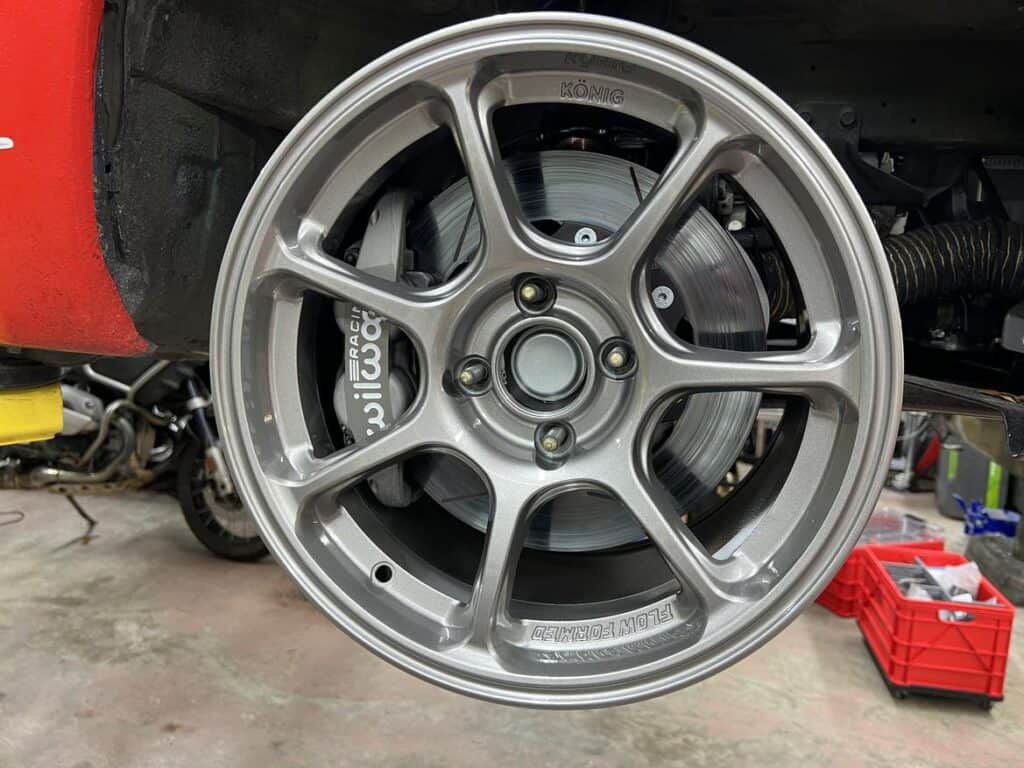Carnatomy Spotlight: Travis Reeder’s E36 BMW “Banana”
If you’re a motorsport enthusiast, you’re in for a treat with the latest episode of Carnatomy. Travis Reeder, known for his precision drifting and crowd-pleasing style, takes us through a detailed breakdown of his striking E36 BMW, lovingly nicknamed “Banana.” This car is not just about looks but is packed with a blend of raw power, thoughtful modifications, and the personal touches that make it truly unique.
The Backstory: Keeping It Simple with the LS Swap
Reeder’s approach to his BMW is refreshingly straightforward—he’s all about balancing performance with simplicity. The car, originally an M3, has undergone a significant transformation, including the removal of the original S50 engine. In its place, Reeder opted for a basic but highly effective 5.3-liter LS engine. The engine setup produces around 360 horsepower at the wheels and 384 lb-ft of torque, enough to make the car both competitive and reliable in the drift scene.
According to Reeder, keeping things “as serviceable and factory as possible” was a priority. With a stock radiator and rotating assembly, along with custom-built headers and mounts, the LS swap brings a balance of power and ease of maintenance. His decision to stick to these basic components ensures that the car remains efficient and easy to work on—perfect for anyone trying to keep their drift car on the track and out of the shop.
A Fusion of Function and Aesthetics
While power is key, the E36 BMW Banana isn’t just about performance. Its aesthetic elements are a big part of its charm. Reeder proudly highlights his use of unique aftermarket wheels, including Konig Hypergrams and the new Konig MRK1 with AROCOVER, giving the car a distinct look while maintaining functionality. These wheels are lightweight, contributing to the car’s overall handling and performance while showcasing the unmistakable Konig style.
Another standout feature is the car’s vibrant Dakar Yellow paint job, a nod to its original M3 heritage. Travis stays true to the roots of the car while adding his flair, making “Banana” not just a beast on the track but also a visual head-turner.
Precision Drifting with Custom Handling
Handling is everything in drifting, and Reeder’s BMW is dialed in for maximum control. With SLG angle kits, coilovers, and a lightweight build (weighing in at around 2,600 pounds), this car is designed to perform under extreme conditions. Reeder’s attention to detail is apparent in every aspect of the car’s setup, from its fiberglass dash to its precision handbrake system. The lightweight build also helps reduce tire wear, keeping the car efficient and performance-ready during long sessions.
Reeder also experiments with a larger 380mm aluminum steering wheel, which slows down steering inputs and helps reduce the twitchiness that’s common in drift cars. This small but significant change improves control, allowing him to feel every nuance of the car’s movement, making adjustments on the fly during each drift.
The Bigger Picture: Travis Reeder’s Motorsport Journey
Reeder’s love for motorsports began in high school, and over the years, his passion has only grown stronger. His dedication has paid off, enabling him to build impressive drift cars like the Banana and travel the country to compete. In his own words, motorsports are about enjoying the process, driving with friends, and staying within your means. He encourages aspiring drivers to focus on seat time, not on building the perfect car from the get-go.
As Carnatomy wraps up this feature, it’s clear that Travis Reeder’s E36 BMW Banana is much more than a drift car—it’s a reflection of his journey in motorsports, combining practicality, performance, and style. If you’re attending an event like Gridlife or Laguna Seca, keep an eye out for Banana, and be sure to catch more of Reeder’s content as he continues to push boundaries on and off the track.
Stay tuned for more episodes of Carnatomy and follow along as we dive deeper into the builds that make the drift scene as exciting as it is today!
To learn more about Travis Reeder’s race program, Click HERE!
